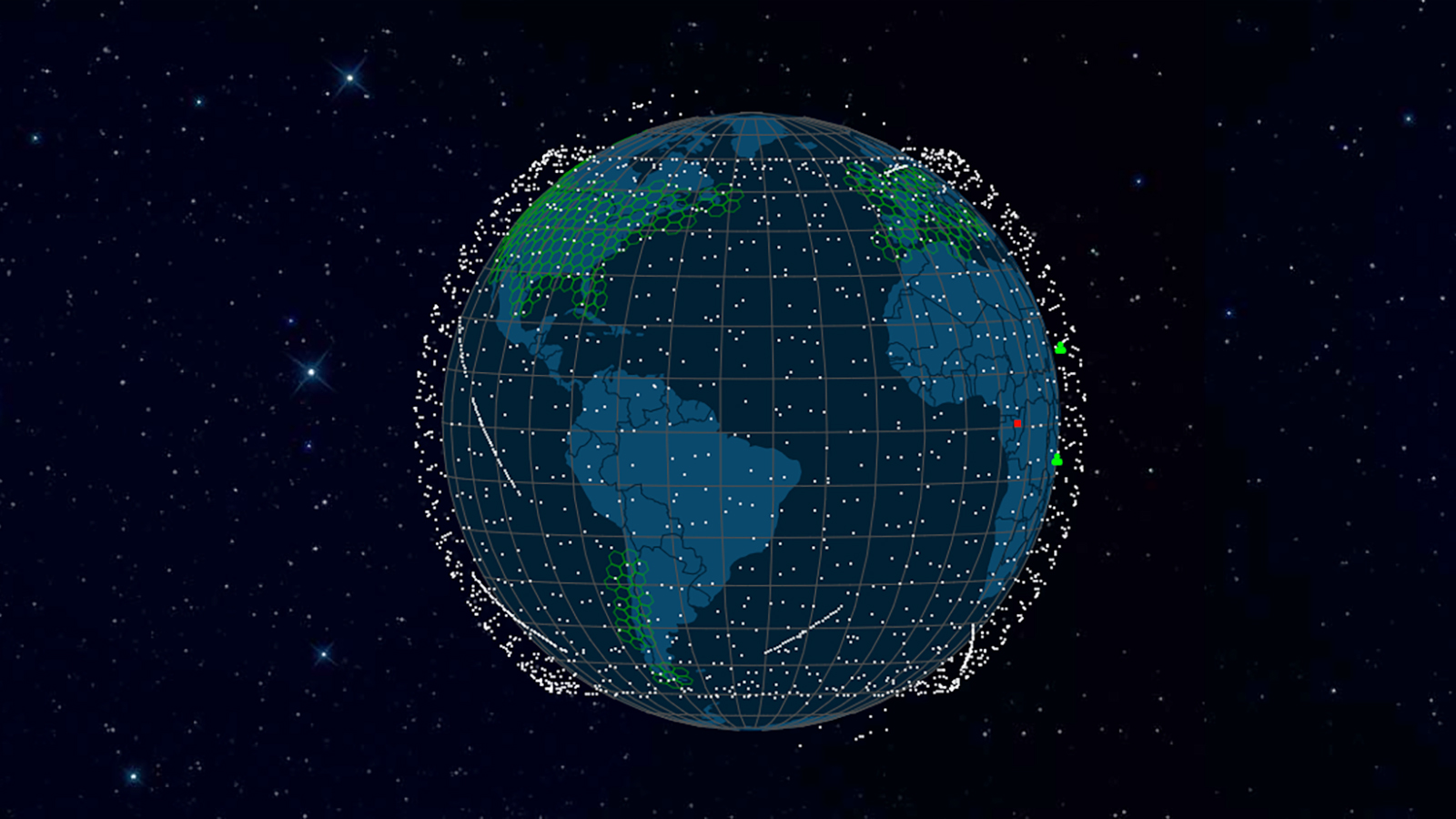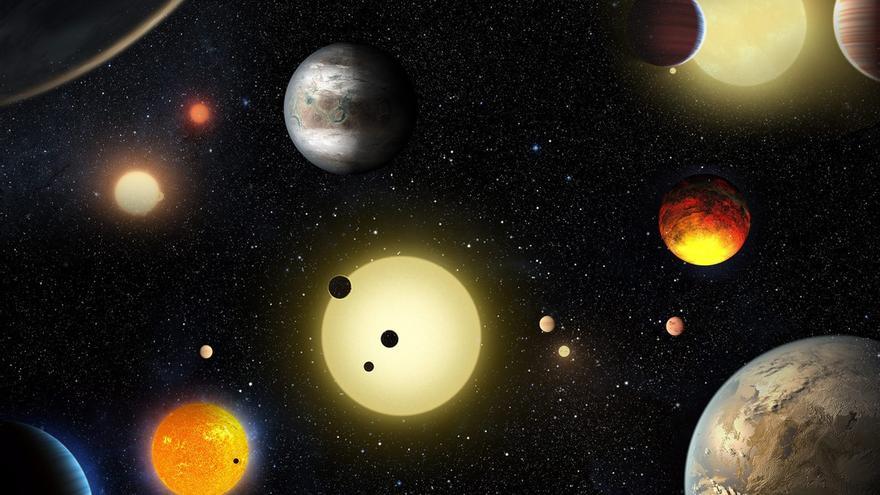

Third, there is the role Earth's orbit plays in the seasons, which we referred to above. That is why the difference between the Earth's distance from the Sun at perihelion and aphelion is very little – less than 5 million km. It also meant that both Earth and Mars did not orbit the Sun in perfectly circular patterns.Įarth's orbit has an eccentricity of less than 0.02, which means that it is very close to being circular. This coincided directly with the planets' aphelion and perihelion, meaning that the planets' distance from the Sun bore a direct relationship to the speed of their orbits. This orbital pattern was first described by Johannes Kepler, a German mathematician and astronomer, in his seminal work Astronomia nova (New Astronomy).Īfter measuring the orbits of the Earth and Mars, he noticed that at times, the orbits of both planets appeared to be speeding up or slowing down.

This is what is known as an "elliptical" orbit. Rather than being a perfect circle, the Earth moves around the Sun in an extended circular or oval pattern. Next, there is the nature of the Earth's orbit. The average distance of the Earth from the aun is about 149.6 million km, which is also referred to as one astronomical unit (AU). That is determined by axial tilt, which we discuss below. And those of you in the northern hemisphere will notice that "warm" or "cold" weather does not coincide with how close the Earth is to the Sun. When it is at its farthest distance from the Sun, Earth is said to be at aphelion – which happens around July 4th where the Earth reaches a distance of about 152,097,701 km. This occurs around January 3rd each year, when the Earth is at a distance of about 147,098,074 km. When the Earth is closest to the Sun, it is said to be at perihelion. In fact, the Earth is never the same distance from the Sun from day to day. The planet's distance from the Sun also varies as it orbits. The Earth completes one orbit every 365.242199 mean solar days, a fact which goes a long way towards explaining why need an extra calendar day every four years (aka. For several centuries, astronomers have applied the scientific method to answer this question, and have determined that the Earth's orbit around the Sun has many fascinating characteristics.įirst of all, the speed of the Earth's orbit around the Sun is 108,000 km/h, which means that our planet travels 940 million km during a single orbit.


 0 kommentar(er)
0 kommentar(er)
